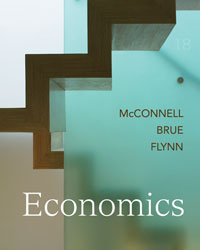1 A) regressive B) proportional C) progressive D) elastic 2 A) both demand and supply are elastic B) both demand and supply are inelastic C) demand is elastic and supply is inelastic D) demand is inelastic and supply is elastic 3 A) Immediate costs and benefits B) Delayed costs and benefits C) Immediate benefits and delayed costs D) Delayed benefits and immediate costs 4 A) the Coase Theorem B) the median voter model C) political logrolling D) government failure 5 A) Corporate income tax B) Personal income tax C) Social security tax D) Medicare tax 6 A) the voting paradox leads to too little public output B) special interests work to assure the passage of projects whose costs exceed their benefits C) public sector workers have less training than their private sector counterparts D) competitive pressures of the market are largely absent 7 A) proportional B) progressive C) regressive D) retrograde 8 A) increasingly be passed onto consumers B) increasingly be passed back onto sellers C) have a shrinking efficiency loss D) generate increasing tax revenues 9 A) is equally shared by employers and workers B) falls mostly on employers C) falls fully on employers D) falls fully on workers 10 A) pass this project and resources will be allocated efficiently B) pass this project and resources will be overallocated to the project C) defeat this project and resources will be allocated efficiently D) defeat this project and resources will be underallocated to the project





